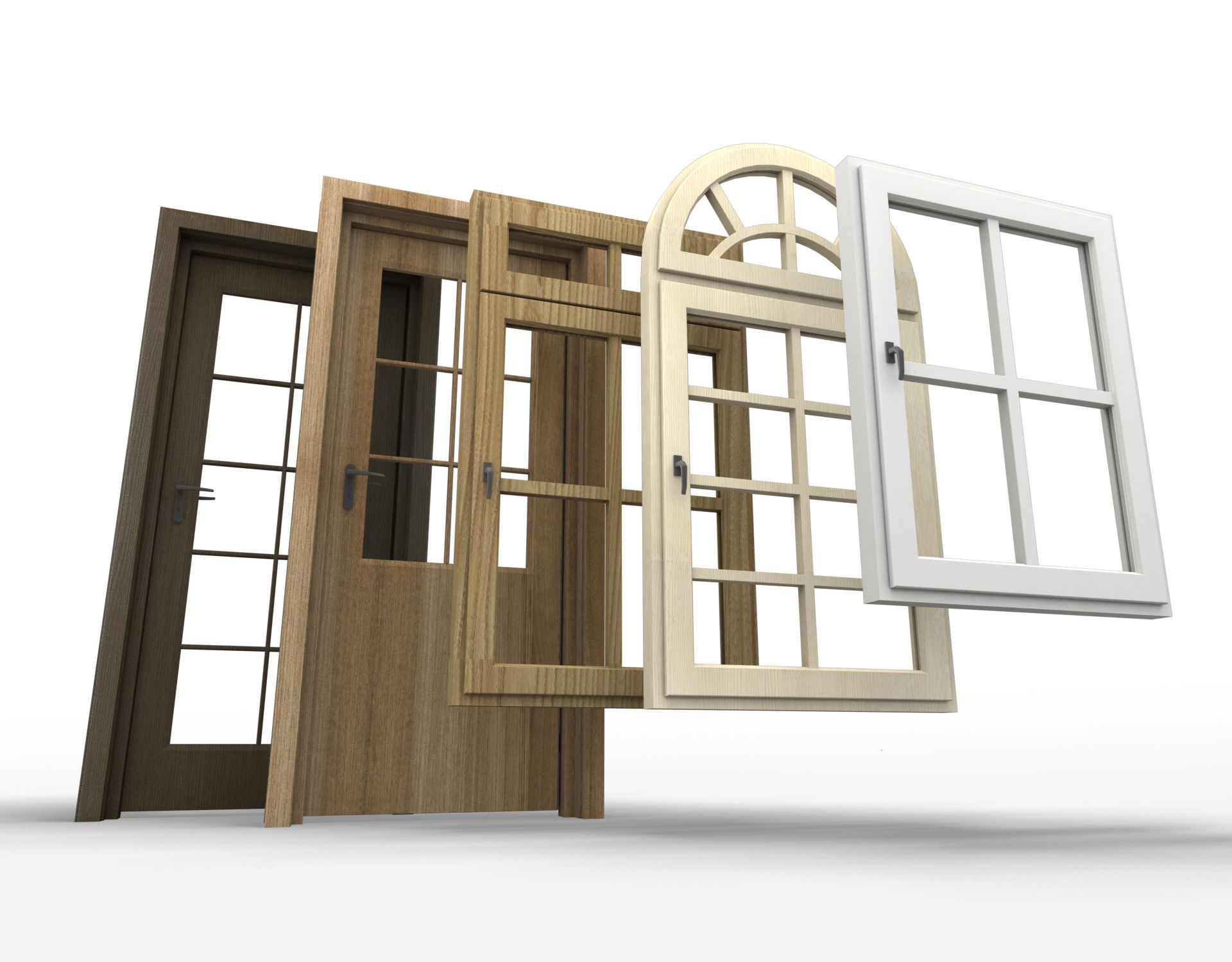Energy Efficient Windows - Sunshine In and Keep The Cold Out
Why do you need energy efficient windows? Well, maybe because you want to keep the heat in during the winter, the air conditioned cool during the summer, and not let actual winter and summer in the house while you're doing it. Also, you're looking to save money, and the cash outlay for energy efficient windows pays for itself with the first few energy bills.
Imagine you've got a small house of only a few rooms, or maybe just an apartment. You've got perhaps eight non-energy efficient windows, each of them with an air leak around their seals of approximately 1/8 of an inch. By itself, that may not sound like much, but consider, in terms of actual yardage, what that means - it would be like having a one inch square hole in your front wall, letting in lots of cold and letting out lots of heat.
Now consider your actual house - which has 20 to 35 windows on average. How big of a hole does that knock in your front wall? How much heat are you losing? How much cold is getting in during winter months? Windows that leak or allow drafts, that have thin or non-insulated glass, or are blocking out the sunlight when they fog up, mean more fuel used for the home, and higher energy bills hitting you right in the budget.
Fortunately, most energy efficient windows are even more effective than previously, having undergone some incredible technological (in manufacturing) and chemical (in the compounds in the glass) changes over the years. Most windows are now multiple layered, with special coverings or coatings that have been infused into the glass to deflect sunlight and UV rays without losing the clear, clean view of the outside world. Chemical compounds, in the form of clear and non-fogging gases, now rest between the panes for added insulation.
Modern windows thus provide a great deal more insulation than their previous counterparts, and the addition of dual- and tri-pane glass structure allows for air ventilation when windows are open and complete blockage when closed. In addition, heat travels easily through glass, even sealed glass. That's why the window has additional glass panes, which insulate further and reduce that energy loss to practically nothing. Also, the sun is a great source of light and heat when you want it; in the winter, you want as much of it coming through the glass as possible. However, you want to reflect it back out during a searing heat wave. That's what insulated glass accomplishes for you.
Energy efficient windows cost very little more than regular windows - in fact, they run between $300 for a low-end model (that nevertheless has all the needed features) and $700 for Pella and higher-end models. Some of the best ones are set in entire frame units that slide directly into the wall, making home installation a breeze, and you get to lose the breeze at the same time.
So consider an upgrade to energy efficient windows for your home - they let you keep your light, your heat and most of your money.
Category: Const - Windows & Doors
Related Articles
- Do It Yourself Dual Pane Window Glass Repair
- Window Replacement A Clear Advantage
- Egress Windows Size And Safety Requirements
- Need A Window then Consider A Dormer
Business News
Popular Posts
- Mastering the Mindset Shift - Effective Tips for a Positive Transformation
- Overcoming Negative Thoughts - Strategies for a Positive Mindset
- Why is Mind Balance so important
- Mind Balance - for those who dare to redefine their limits
- Mind Matters- The Chiropractic Approach to Personal Growth
- Three Sentences from a Billionaire That Changed My Life and Made Me Millions
- Unlocking Potential - The Power of Personality Assessment in Overcoming Obstacles
- Embracing Faith and Self - A Christian Guide to Personal Strengths and Weaknesses
- Buddhist Reflections - Navigating the Path of Self-Awareness and Enlightenment
- Universal Pursuit of Happiness - Wisdom from World Religions
- Illuminating the Path - Overcoming Ignorance and Misunderstanding in World Religions
- Interfaith Insights by 1WorldPeace - The Top 100 Universal Beliefs in Global Spirituality
- The SmartGuy Vision - A United Future Through Interfaith Love and Respect
- A Cautionary Vision - The Grim Future of a Divided World Without Love and Balance
- Harnessing Personality Assessment for Enhanced Well-being and Fulfillment
- The Essence of Islam - Understanding Its Beliefs Rituals and Cultural Significance
- Cultivating Key Skills to Overcome Anti-Semitism and Hate
- How Mind Balance Empowers You Against Misinformation
- Clearing Mental Plaque: The Path to Enhanced Communication and Divine Connection
- Finding Strength and Safety in Scripture - 25 New Testament Passages to Combat Spiritual Attacks
